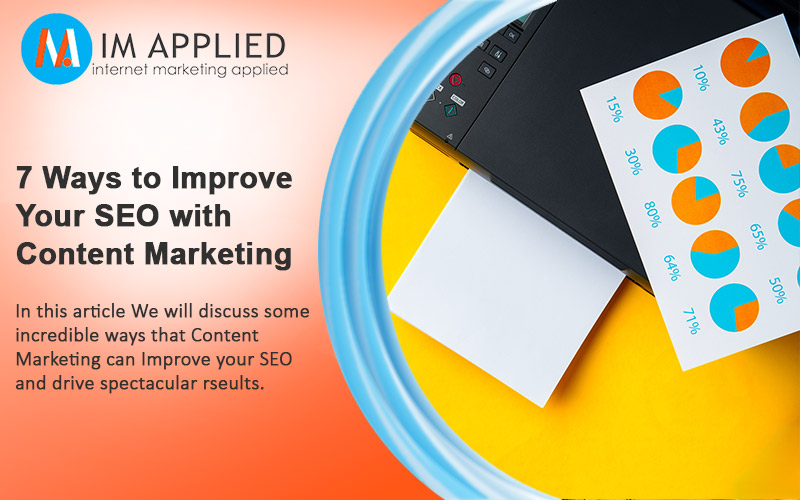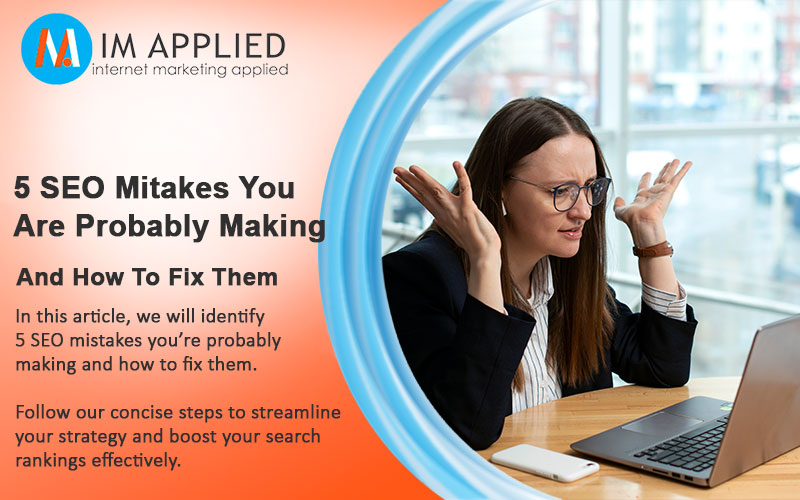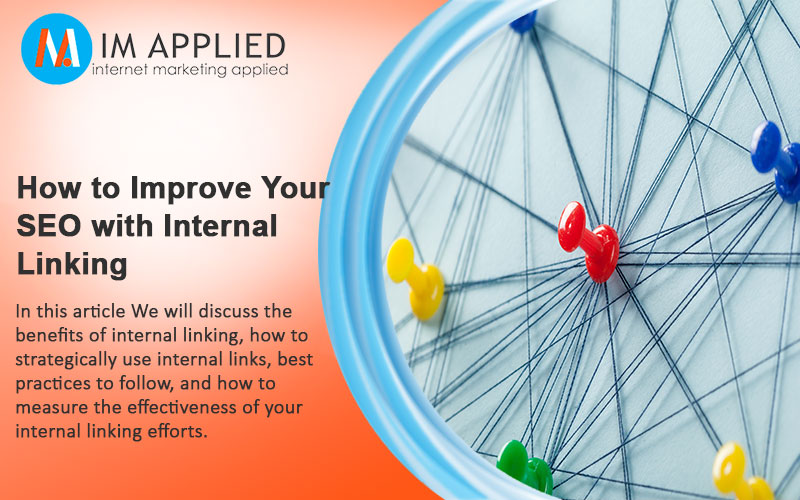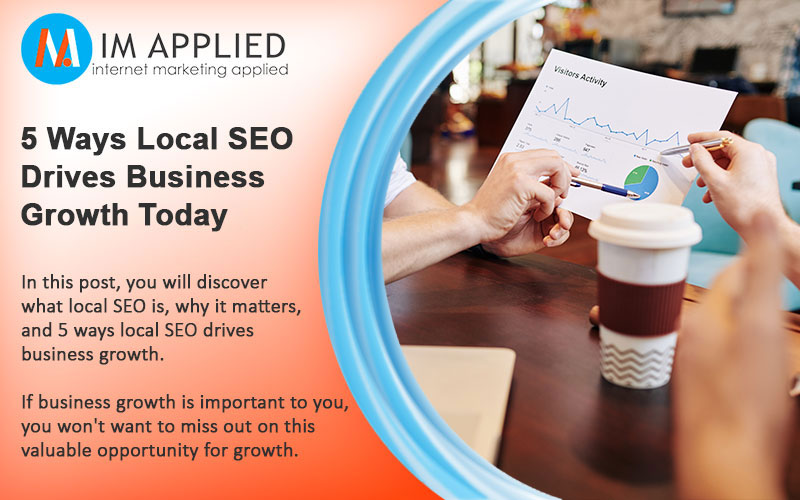Are you trying to decide between SEO and SEM for your online presence? Grasping the core difference between SEO (Search Engine Optimization) and SEM (Search Engine Marketing) is pivotal for any business’s digital strategy.
While SEO focuses on enhancing organic search rankings, SEM broadens the approach with paid ads for instant visibility.
In this article, we’ll explore ‘SEO vs SEM: what’s the difference and which is better’ to help you identify the best approach for your unique business needs without oversimplifying the complex trade-offs.
If you don’t have the time to invest in learning and implementing SEO or SEM into your business, we offer exceptional SEO and SEM services. Hiring an agency saves you time and money, and is something to consider. You can book a free discovery call with us to assess your business’s specific needs.
Key Takeaways
- SEO (Search Engine Optimization) is a strategy for improving a website’s organic ranking and visibility in search engines through tactics such as optimizing content with keywords, improving user experience, and building backlinks.
- SEM (Search Engine Marketing) includes SEO tactics but adds paid advertising, notably PPC (Pay-Per-Click), to gain instant visibility and traffic. It uses strategic keyword bidding, ad creation, and audience targeting to enhance online presence rapidly.
- While SEO takes time to yield results and builds traffic organically, SEM can provide immediate results through paid campaigns. Businesses often benefit from combining SEO and SEM for a comprehensive and effective digital marketing strategy.
Understanding SEO and SEM
SEO and SEM are strategies formulated to drive traffic to websites. SEO, or Search Engine Optimization, enhances websites to draw organic traffic.
This strategy focuses on boosting a website’s visibility by securing a higher rank in organic search results, thereby increasing the site’s traffic. It involves meta-tag utilization, content creation, and link building to enhance a website’s visibility.
In contrast, SEM, or Search Engine Marketing, broadens the scope beyond SEO by incorporating paid strategies for instant brand recognition and top visibility in search results. This method merges organic SEO and PPC strategies to draw traffic through a mix of unpaid and paid results.
Both SEO and SEM fundamentally rely on keywords to attract relevant traffic to websites. However, their specific marketing tactics may differ regarding organic and paid approaches.
SEO: Organic Search Results
SEO, or Search Engine Optimization, is a digital marketing strategy focused on improving a website’s ranks in organic search results. The primary objective of SEO is to boost a website’s visibility by securing a higher rank in organic search results, thereby increasing site traffic.
It’s all about developing a website that helps search engines understand your content and offer it to users searching for related keywords.
Effective SEO techniques include:
- Use of meta tags and title tags, which help search engines understand a page’s content and influence user click-through rates
- Optimization of keywords and tags to address website content
- Ensuring content quality
- Signaling the website’s legitimacy through user experience enhancements and link patterns.
SEM: Paid Search Advertising
While SEO focuses on organic search results, SEM, or Search Engine Marketing, takes a broader approach. It involves organic SEO and paid advertising strategies like PPC (Pay-Per-Click), combining a broader approach to attract traffic through unpaid and paid results.
SEM’s advantage lies in its ability to provide instant visibility for new websites, an achievement that may take organic SEO strategies months to realize.
In SEM, PPC advertising plays a crucial role. Advertisers bid on specific keywords and pay for each click on their ads, requiring careful budget management and performance monitoring. The critical components of PPC advertising in SEM include:
- Bidding on specific keywords
- Paying for each click on ads
- Budget management
- Performance monitoring
- Quality Score, which assesses an ad’s relevance to the user’s search and influences the cost per click of ads
These components are essential for campaign efficiency in SEM.
The Key Components of SEO
Delving deeper into SEO, it’s evident that it’s not just a one-trick pony. Instead, it’s a comprehensive strategy with various components, including:
- Keyword research
- On-page optimization
- Off-page optimization
- Technical SEO
Each component plays a significant role in enhancing a website’s visibility and ranking on search engine results pages.
A comprehensive SEO audit is the first step toward a successful SEO strategy. This process helps identify the well-performing sections of your website and areas that need improvement. SEO investment is multifaceted, encompassing:
- Website optimization
- Content creation
- Backlink outreach
- Use of various SEO tools
See why SEO is important for your business.
Keyword Research
At the heart of SEO lies keyword research. Keywords are the terms or phrases users input into search engines to find information, and understanding these words and phrases is vital for creating content that effectively addresses user queries and improves the chances of ranking well in search results.
Grasping the intent behind keywords is crucial to developing content that adeptly addresses user queries and increases the likelihood of achieving high ranks in search results.
Keyword research can inform content creation in the following ways:
- It aligns content with what people are searching for, ensuring it is relevant and valuable to the audience.
- It evaluates keywords for their search volume, helping to prioritize the most popular and frequently searched terms.
- It aids in targeting the questions and topics that most audience members want answers to.
- Informational keywords, such as ‘low carb protein powder’ or topics like ‘short-term car insurance,’ are good candidates for SEO as part of a long-term SEM strategy due to their specificity and user-oriented focus.
On-Page Optimization

On-page SEO is another crucial component of SEO. It involves optimizing webpage content to be more helpful for users and to make it easier for search engines to understand the page’s content.
By developing content in line with search intention and integrating relevant keywords, businesses can offer a smooth user experience and enhance the discoverability of their content by search engines.
Internal links also play a pivotal role in on-page SEO. They aid in navigation for search engines and users alike and are crucial for a website’s information hierarchy and on-page SEO.
Businesses can significantly improve their on-page SEO and overall SEO performance by ensuring fast page load speeds and keyword integration.
Off-Page Optimization
While on-page SEO focuses on what happens on your website, off-page SEO is all about what happens outside your website.
Backlinks are a crucial component of off-page SEO as they significantly influence a website’s authority and trustworthiness in the eyes of search engines like Google.
The Semrush Link Building Tool aids in identifying new link-building opportunities and developing effective link-building strategies.
Social media engagement can also boost a website’s visibility and authority, aiding in off-page SEO efforts and enhancing overall SEO performance. Online reputation management, including the proactive management of reviews, plays a significant role in off-page SEO by impacting a site’s trust and authority.
Technical SEO
Last but not least is technical SEO. This aspect of SEO ensures that a website is easily crawlable and indexable by search engines, with optimal site speed and mobile responsiveness. Migrating a website from HTTP to HTTPS safeguards users’ data and signifies to search engines that the site is trustworthy.
An XML sitemap serves as a roadmap for search engines, allowing them to efficiently locate and index important website pages. Semrush showcases excellence in technical SEO by ensuring fast page load speeds and keyword integration, which are vital for SEO success.
The Key Components of SEM
Just like SEO, SEM also consists of several components. Strategic keyword usage and targeted ad campaigns are vital components of SEM that can lead to immediate visibility for new websites. Creating ads in SEM requires researching various ad platforms to optimize ad performance.
PPC bidding strategies require setting an appropriate bid to maximize ROI while managing the cost per click, and you can employ automated bidding options for bid management.
Effective audience targeting through SEM enhances brand recognition by positioning PPC ads prominently in search engine results.
PPC Keyword Research
PPC keyword research is the process of identifying relevant keywords that align with campaign goals. For example, a running shoe store might target the keyword ‘buy running shoes.’
Keyword research in SEM involves evaluating the potential cost of ads, as keyword-specific competition affects the affordability and choice of keywords for bidding.
Leveraging tools like Semrush can optimize PPC keyword research, allowing businesses to target high-performing keywords that are also used in SEO to maximize visibility and conversions.
Ad Creation
Ad creation is another essential component of SEM. In SEM, the primary goals of ad creation are to decide the ad’s messaging, direct the audience to the intended landing page, and enhance the ad’s Quality Score.
Assets in Google PPC search ads, such as clickable calls or business locations, offer users additional information that can lead to increased conversions.
Effective ad content includes creating catchy headlines, relevant descriptions, and clear calls to action to communicate the ad’s message swiftly and efficiently.
Compelling ad copy and strategic use of assets catch the audience’s attention and can significantly improve click-through and conversion rates.
Bidding Strategy
In SEM, the bidding strategy revolves around setting a suitable bid to maximize ROI while managing the cost per click.
A Quality Score in SEM reflects the ad’s relevance and usefulness, influencing its visibility and cost per click. High-quality scores result in the ad being seen by more people and incurring lower costs per click, making them crucial for cost-effective bidding.
The cost per click for a PPC ad, such as those on Google Ads, is determined by dividing the total ad cost by the number of clicks received. This method is pivotal for managing advertising budgets effectively, especially when it comes to paid ads.
Audience Targeting
Finally, audience targeting in SEM involves selecting who should see the ad based on demographics, interests, and behavior. This precise targeting allows your ads to be displayed to the most relevant users, increasing the chances of conversions.
Interest-based targeting allows advertisers to reach out to potential customers in a specific area who are interested in particular products or services. By effectively targeting your ideal audience, you can ensure that your SEM efforts yield the maximum ROI.
SEO vs. SEM: Time to Results

When it comes to SEO vs. SEM in terms of time to results, both have unique advantages. While SEM can provide immediate visibility and rapid increases in traffic and conversions, SEO offers the advantage of sustained traffic over time, even long after the initial content creation.
SEO requires a more extended build period, typically taking several months to a year to show significant results in search engine rankings. On the other hand, SEM can begin driving traffic very quickly, often within hours, offering immediate results for businesses needing to drive business without delay.
Choosing Between SEO and SEM for Your Business
The decision between SEO and SEM for your business should be based on your specific requirements, objectives, budget, and the anticipated pace of achieving results. While it may seem that SEO or PPC alone is the best route, the optimal strategy often involves using both in tandem.
Businesses with limited budgets may start with organic SEO tactics to avoid the initial fcosts associated with PPC campaigns. On the other hand, a local business may invest less in SEO than a multinational corporation, reflecting their distinct levels of competition and goals.
Building an Integrated Digital Marketing Strategy
An integrated digital marketing strategy that combines SEO and SEM efforts is often the most effective way to optimize online presence, maintain consistent brand messaging, and maximize ROI.
Maintaining consistent brand messaging across SEO and SEM is essential to prevent potential customer confusion and to strengthen the brand identity.
Leveraging combined data from SEO and SEM efforts facilitates informed decision-making, empowering marketers to spot trends and optimize their comprehensive marketing strategies.
Aligning SEO and SEM prevents the risks of duplicated marketing efforts and messaging inconsistencies, which can lead to missed conversion opportunities.
Summary
In the realm of digital marketing, SEO and SEM reign supreme. Both strategies, though distinct in their approaches, revolve around using keywords to attract relevant traffic to websites. S
EO focuses on organic search results, employing keyword optimization, content creation, and link building to enhance a website’s visibility in search engine results.
In contrast, SEM takes a broader approach, combining organic SEO and paid strategies like PPC to attract both organic and paid traffic for immediate brand visibility.
Choosing between SEO and SEM depends on your business’s specific needs, goals, budget, and the desired speed of achieving results. However, the optimal strategy often involves using both in tandem.
By integrating SEO and SEM strategies, businesses can optimize their online presence, maintain consistent brand messaging, and maximize their ROI. So, why not harness the power of both SEO and SEM to drive your business forward?
Frequently Asked Questions
How long does it take to see results with SEO and SEM?
SEO typically takes several months to a year to show significant results, while SEM can start driving traffic very quickly, often within hours.
What are the components of SEO and SEM?
SEO’s components include keyword research, on-page optimization, off-page optimization, and technical SEO. For SEM, the components are PPC keyword research, ad creation, bidding strategy, and audience targeting.
How can SEO and SEM work together?
By integrating SEO and SEM efforts, you can optimize your online presence, maintain consistent brand messaging, and maximize your return on investment. This approach ensures a more effective digital marketing strategy.






















